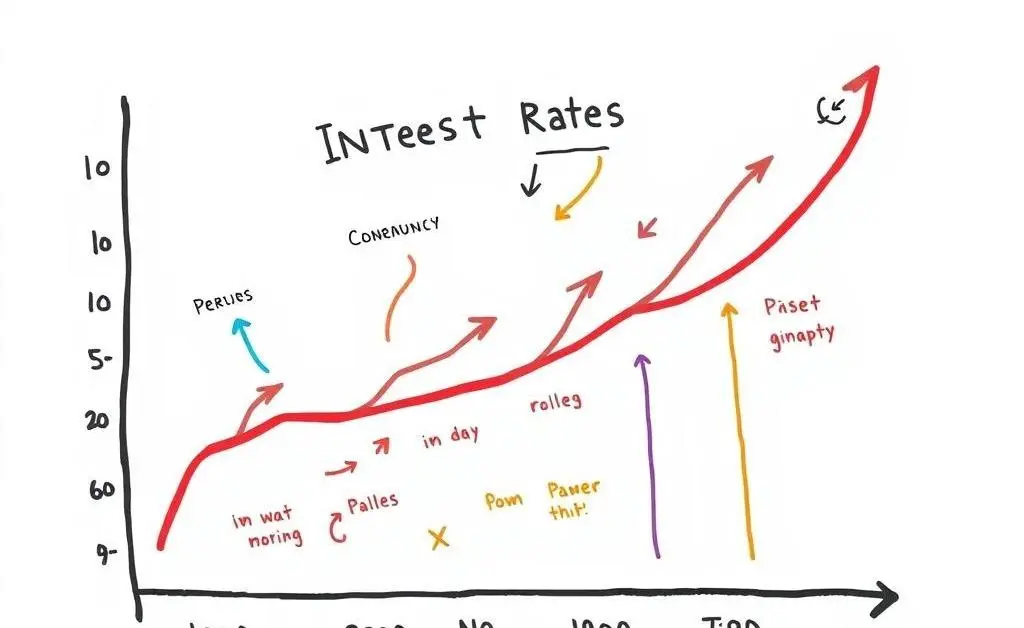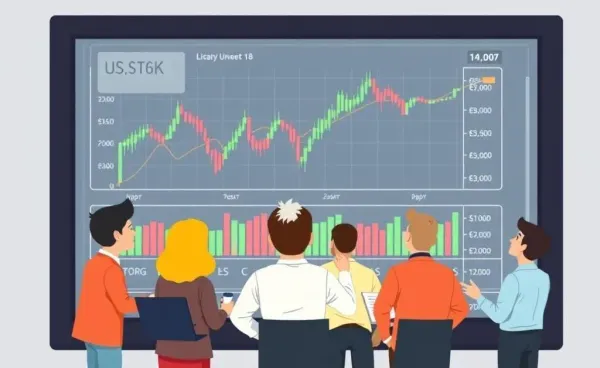Decoding Economic Trends: Making Sense of Treasury Yields and Job Reports
Navigate economic signals like treasury yields and job reports with ease.

Ever felt a bit overwhelmed by financial news? It’s not just you. Complex terms like 'treasury yields' and 'job reports' can make even the most seasoned listeners pause, wondering how to piece it all together. But, understanding these economic signals can be as invigorating as your morning coffee—or at the very least, more approachable.
Why Treasury Yields Matter
Let's start with treasury yields. Think of them as the interest U.S. government bonds pay to investors. Their rise and fall often serve as a bellwether for the economy. Higher yields can signal confidence, while lower ones might indicate a shift towards caution.

Imagine, for instance, you’re baking a cake. The ingredients (sugar, flour, etc.) represent various economic indicators. Treasury yields are like the oven temperature—getting it right is essential for a perfect bake. When yields rise, it’s like increasing the heat, potentially browning your economic cake too fast if not monitored.
The Role of Job Reports
Job reports tell us how many people are employed or looking for work. They're akin to the icing on the cake, indicating the economy's current state of health.
- Increased employment often means increased consumer spending.
- Decreased employment can mean a slowdown in economic activity.
- Changes here can signal bigger trends in the global economy.

Putting it simply, think of the last time you planned a vacation. Checking weather forecasts (job reports) and booking accommodations (treasury yields) help paint a clearer picture of your travel conditions.
Connecting the Dots: How These Affect You
Understanding these dynamics is not just for economists. Whether you’re managing your personal finances or investing, being aware of these indicators can guide decisions, like when to buy a new car or adjust your investment portfolio.

So next time you catch a headline on treasury yields or a job report, take a deep breath, sip your favorite brew, and know you’re armed with a bit more insight. After all, who doesn’t love having that aha moment when complex puzzles click into place?
What Are Your Thoughts?
Have you found ways to make sense of financial news that you'd like to share? Let's start a conversation in the comments below!




